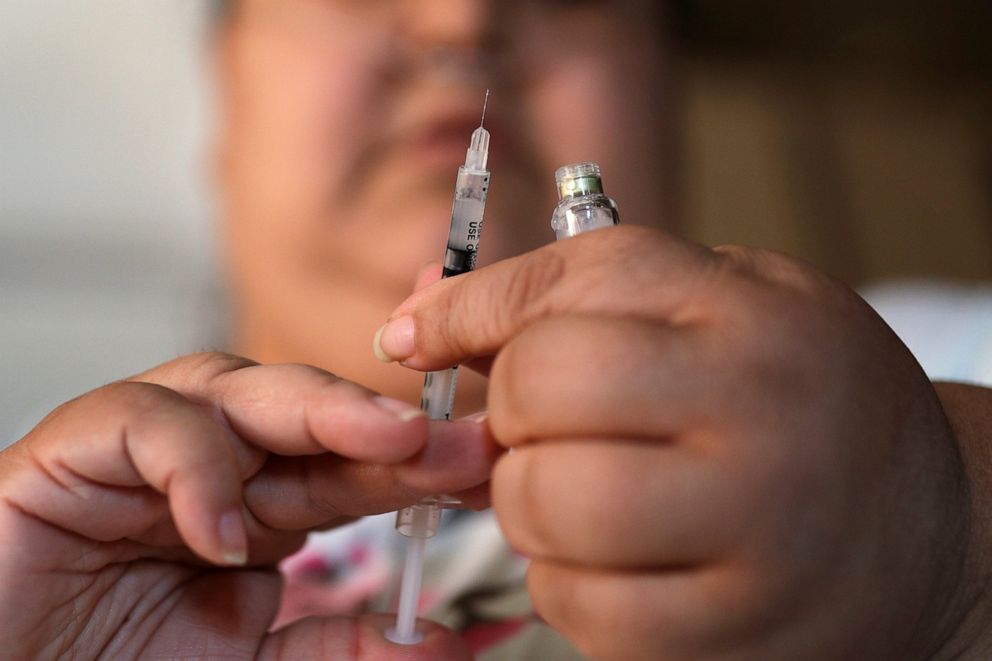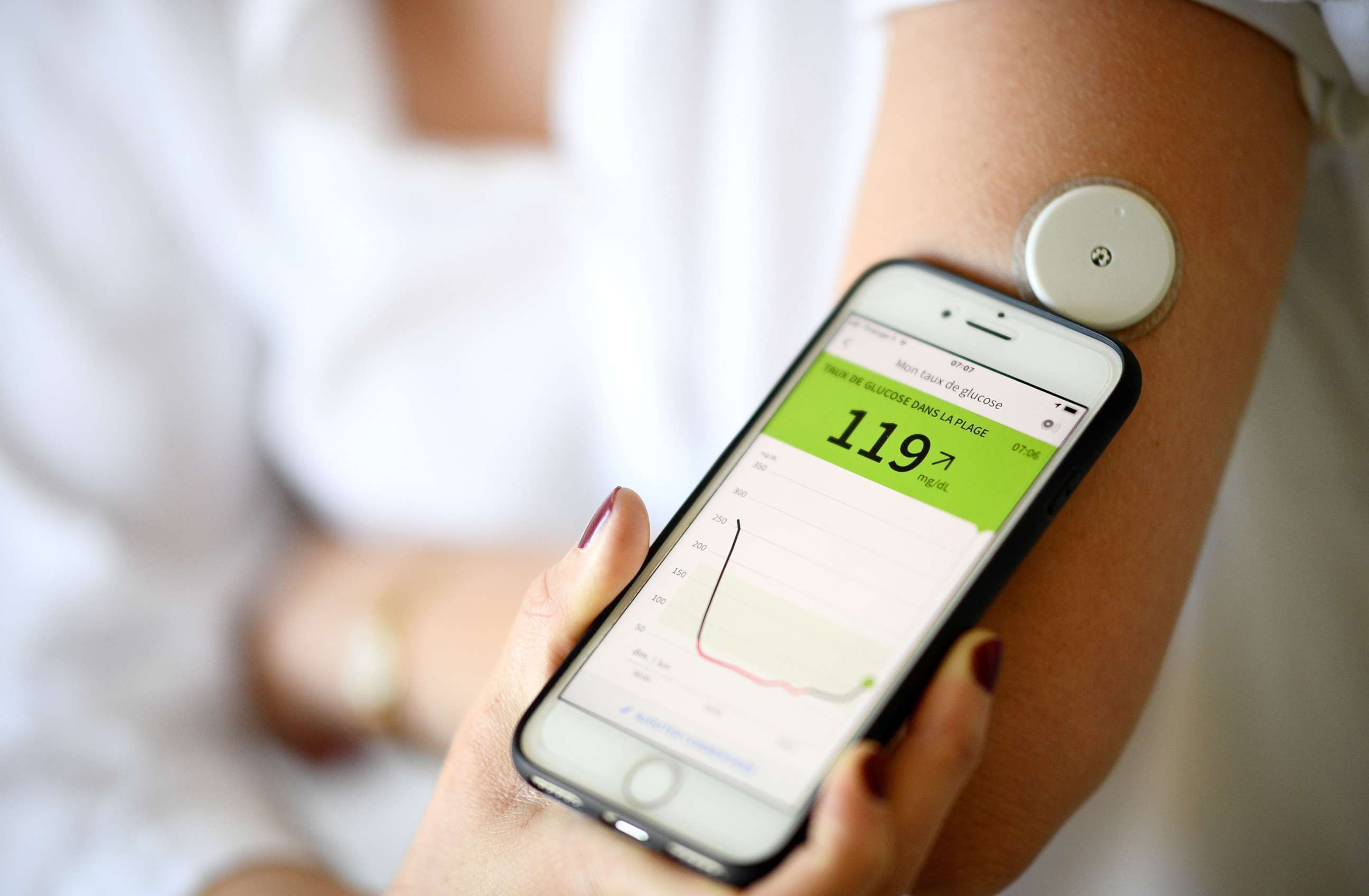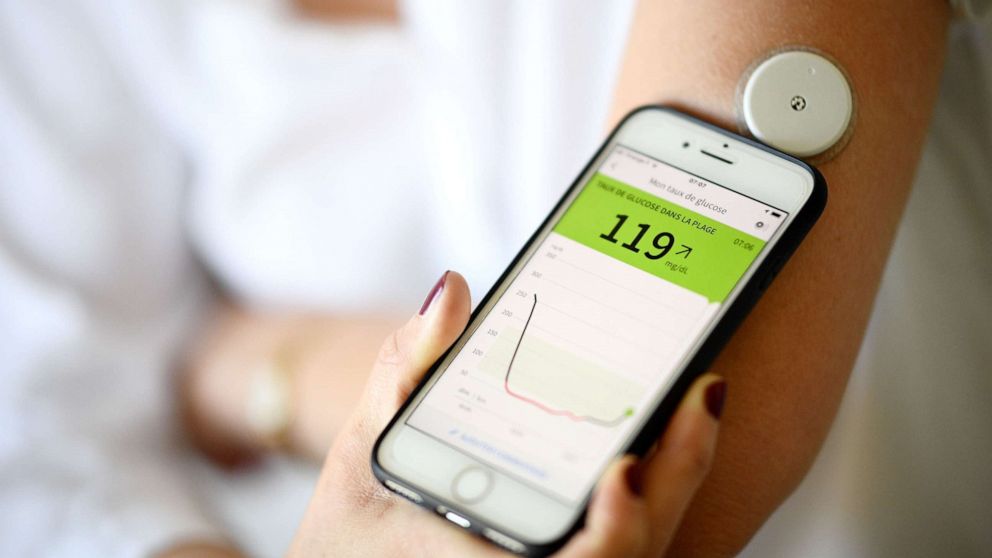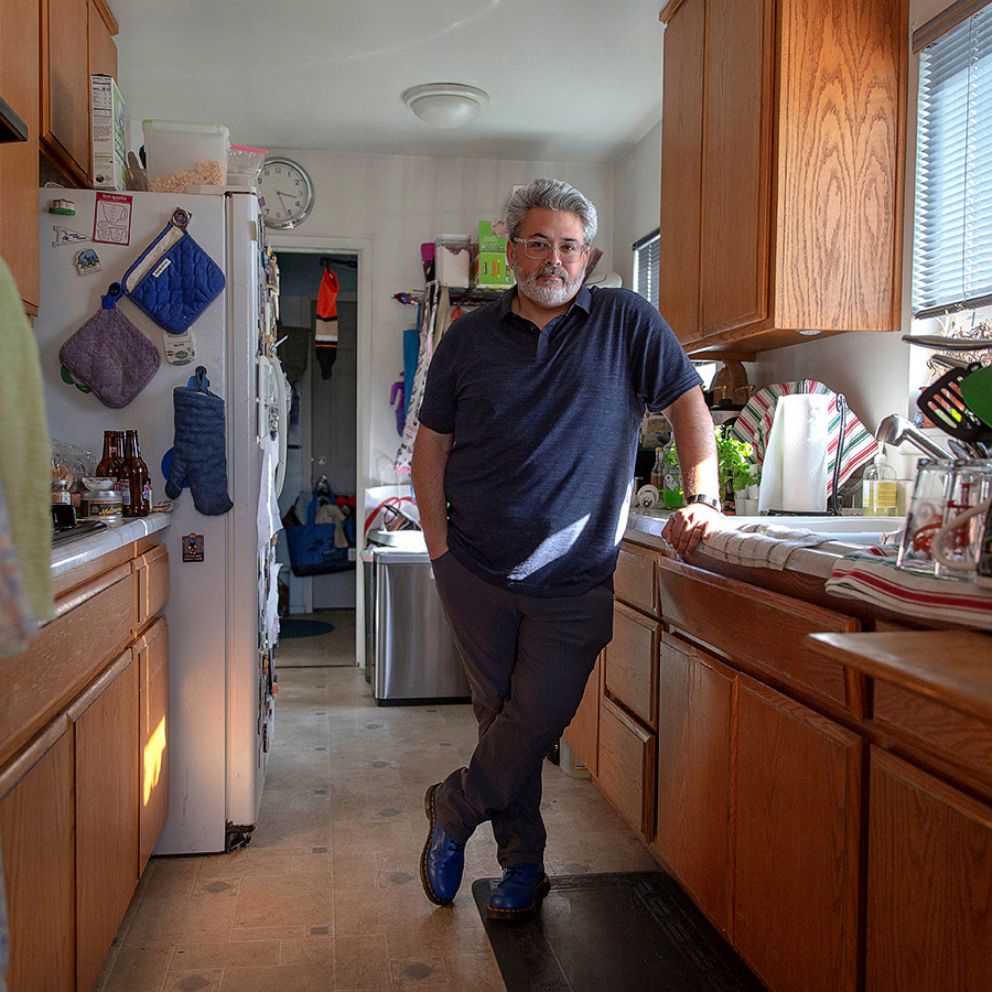Organizations coming together to represent Type 1 diabetics during coronavirus
Patients with novel coronavirus each have their own unique set of circumstances for treatment, especially if they already have underlying medical conditions, like diabetes.
The Centers for Disease Control and Prevention say people with diabetes have an increased risk of severe illness from COVID-19 infection, but the agency does not differentiate between Type 1 or Type 2 diabetics.
Now, researchers are launching a study to evaluate the impact of COVID-19 on people living with Type 1 diabetes, specifically. The data from the study will be used to understand what happens as a consequence of COVID-19 infection in this group of people and how to improve the quality of care and response to this pandemic, according to Dr. Osagie Ebekozien, a physician and the vice president of Population Health and Quality Improvement at T1D Exchange.
"What does COVID 19 mean for people with Type 1 diabetes? Everyone kept responding, we don't know, we don't know," said Ebekozien.
According to the American Diabetes Association, 34.2 million Americans are living with diabetes. The majority have Type 2 diabetes, a disease closely linked to obesity and poor diet, when the body stops producing enough insulin.
Insulin is a hormone that helps regulate the amount of sugar in the blood, so Type 2 diabetes causes your body to be resistant to the effects of insulin or doesn't produce enough to maintain a normal blood sugar. Risk factors include genetics and lifestyle, like lack of exercise and obesity, according to the Mayo Clinic. Type 2 diabetes can be managed through medications, diet and exercise.

But 1.6 million Americans have Type 1 diabetes, an autoimmune condition that is usually diagnosed early in life, but also sometimes in adulthood. Its causes are not fully known, and there is currently no cure, according to JDRF, a global organization funding type 1 diabetes research.
"Because Type 1 diabetics are unable to release insulin after consuming carbohydrates, they must use insulin injections or a pump to survive," said Dr. Mary Pat Gallagher, a pediatric endocrinologist and the director of the Pediatric Diabetes Center at NYU Langone Health's Hassenfeld Children's Hospital.
In addition to the need to manually control blood sugars, patients' immune systems overreact to parts of the body for which it should be "tolerant," according to Gallagher. As long as blood sugars are well controlled, this inappropriate immune response should not necessarily increase the risk of developing infections.
People with Type 2 diabetes are also found to have hypertension and obesity, which increase the risk for poorer health. However, Gallagher explained that a high body mass index and hypertension are associated with severe illness, regardless of whether a person has diabetes or not.
Gallagher said it's not clear if people with Type 1 and Type 2 diabetes are at similar risk for COVID-19, because there are multiple factors at work.
T1D Exchange, the nonprofit research organization coordinating the new study, plans to share initial results by the end of April. As data continues to emerge from the long-term study, the organization will continue to update recommendations at least twice a month.
"We looked at the data that came out from China and Italy and it is skewed toward Type 2 diabetes. We wanted to know, 'How is the presentation of COVID-19 different in these patients in comparison to another adult or child without diabetes?' There are so many unknowns, so we are working with our partners to answer these questions," said Ebekozien.

Separately, researchers are also studying the effects the COVID-19 pandemic might be having on people with Type 1 diabetes -- particularly children and young adults who are no longer getting regular medical care or nutritional help at school. Ebekozien hopes that with this project, they can help patients and families learn how to manage blood sugars at home due to the school closures across the country.
Experts know from experience with other types of infections that people with Type 1 and Type 2 diabetes can show different symptoms. People living with Type 1 diabetes usually respond to an infection with dangerously high blood sugar levels and acid in their blood, called diabetic ketoacidosis.
"There is a certain percentage of people that die from diabetic ketoacidosis each year," said Gallagher. "When stress hormones are released by the body [because of an infection], insulin requirements increase and because their body cannot meet those requirements anymore it begins a whole cascade of things. ... You have acid build up in the blood that can be deadly."
That threat makes it important to study the way people with Type 1 diabetes react to COVID-19 infection.
To accurately treat diabetic ketoacidosis, health care workers need to check on people with Type 1 diabetes every hour until their blood sugar is at a safe level. If a patient with Type 1 diabetes is infected with COVID-19, managing their blood sugars can be difficult with the health care workers having constant exposure to the virus as hospitals deal with a lack of personal protective equipment.
To help alleviate this issue, Abbott, a medical device company, has partnered with the American Diabetes Association, Insulin for Life USA and the Diabetes Disaster Response Coalition to donate 25,000 FreestyleLibre blood sugar devices which patients can place on the back of their arm. Through this patch, patients have their glucose tracked at all times, which can be monitored through an app on their phone and by physicians on a computer screen. This way, there is less interaction between patients and clinicians in a hospital setting.
These donations will be sent to areas in the U.S. that have a high number of COVID-19 cases. There are other brands of continuous glucose monitors, including products from Dexcom or Medtronic, that many people with diabetes already use as part of their routine.
"There is a power of coming together, cross learning and cross sharing," said Ebekozien. "We encourage patients to talk to their providers to be a part of this study and share their reports. We hope to be a support and voice for patients at this time; it will come from a collaborative effort to improve lives today and tomorrow. I hope we all ride this wave coming out better and learning a few things as well."
Patients and their providers are able to register on the T1D Exchange webpage to participate in the two studies launched earlier this month.
Lily Nedda Dastmalchi, D.O., M.A., is an internal medicine resident physician at The George Washington University and a contributor to the ABC News Medical Unit.
Editor's note: This story has been updated to reflect Abbott's correct company and device names.







